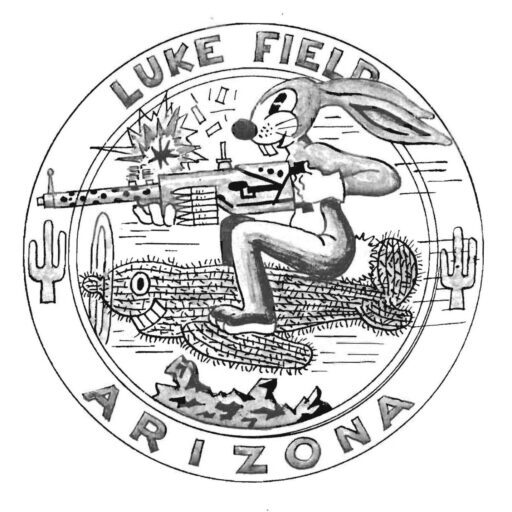To honor the men and women who flew and trained at Luke Field, Arizona, during World War II.
Luke Field Aircraft
During World War II, Luke Field was the largest pilot training base in the world. In May 1944, with 509 aircraft assigned, the pilots and students of Luke Field flew an amazing average of 90.11 hours per aircraft (primarily AT-6s & P-40s). In June 1944, Luke Field had the highest number of aircraft assigned at 549. After D-Day in Europe, training at Luke Field slowly began to shift. Part of that shift was in preparation for the expected long fight to conquer Japan. In 1945, the P-40s would slowly be replaced by the P-38 and later still the P-51. Only a few P-47s were assigned after Japan surrendered.
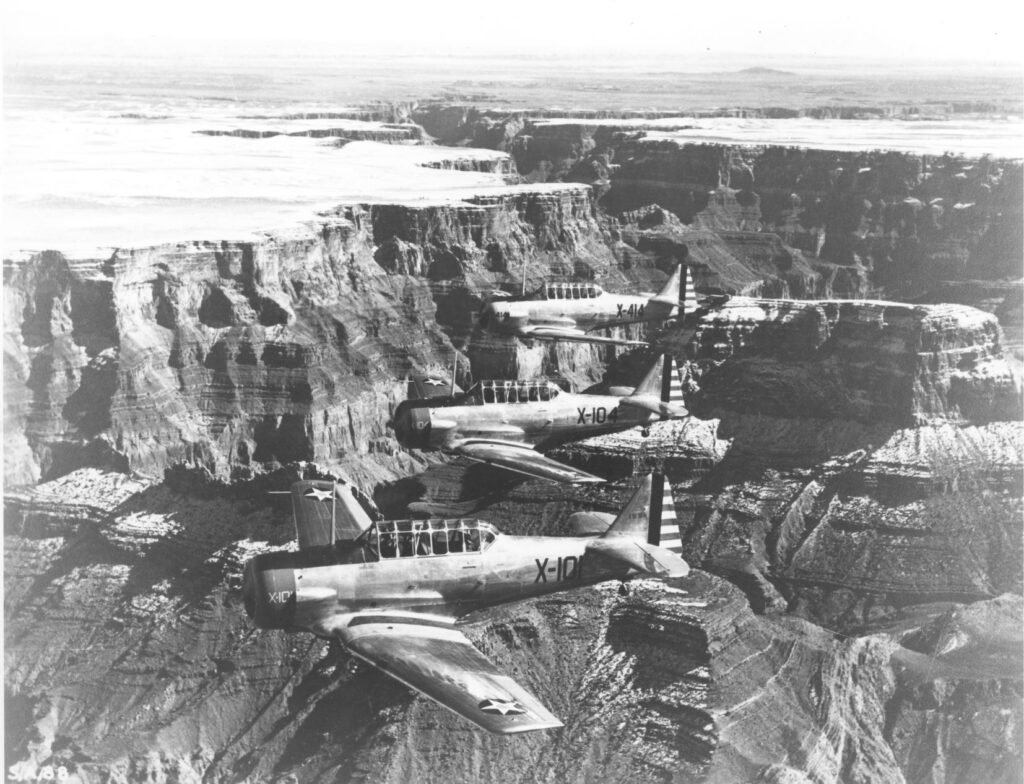
. (Luke Field Photographic Section)The North American Advanced Trainer (AT)-6 Texan was the first and last aircraft to fly at Luke Field for training during In April 1944, 444 AT-6 aircraft called Luke Field home. In November of that year, the number dropped to 357, but the Gunnery Field at Ajo, Arizona, opened with 92 additional AT-6s. In December 1945, there were still 196 AT-6s at Luke Field and another 78 at Ajo. On May 15, 1946, the last class at Luke Field, Class 46-A, graduated from Advanced Flying Training in the AT-6.
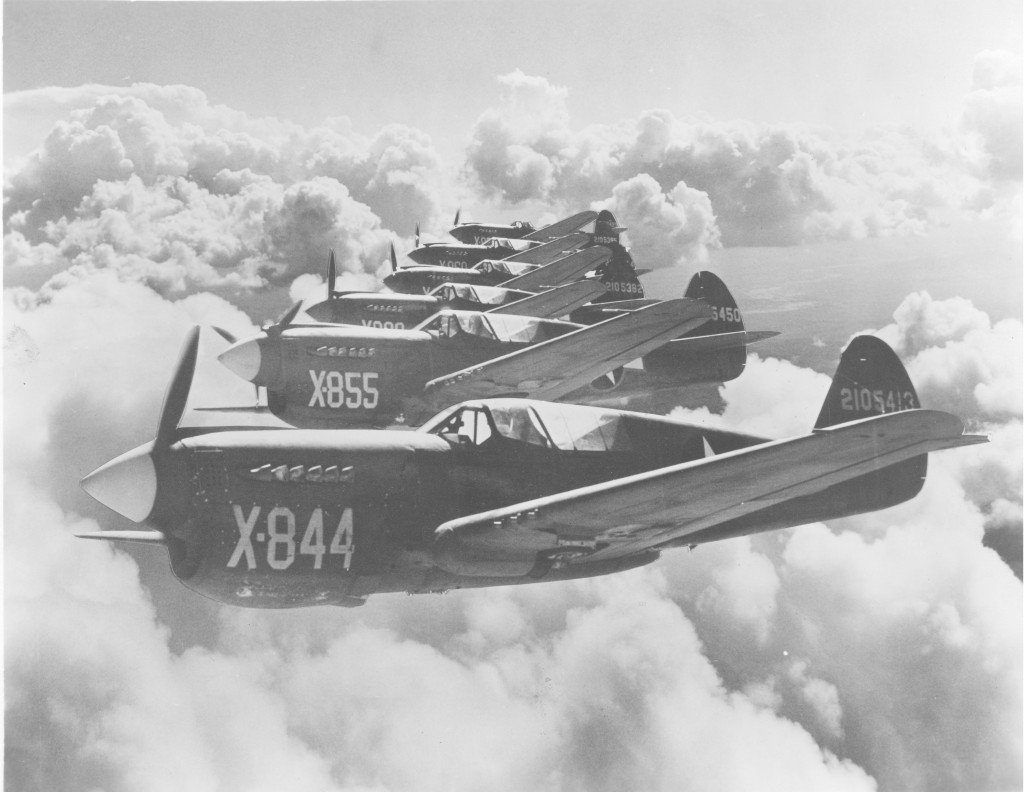
On June 22, 1942, Luke Field began training its first class in the Curtis P-40 Warhawk. Over the months, the number of P-40s assigned went up and down. In January 1945, Luke Field reached its peak of 103 P-40s assigned. On August 14, 1945, the day Japan surrendered, the US terminated P-40 training for its pilots at Luke Field. Two months later, on October 13, P-40 training for the Chinese Air Force ended.

While the Lockheed P-38 Lightning flew combat throughout most of the war, it came to Luke Field late in the war. In August 1944, the first three P-38 arrived. Not until March 13, 1945, did Luke Field begin conducting P-38 fighter transition training. On August 14, 1945, Luke Field terminated P-38 training for US pilots. At least 18 P-38s remained at Luke Field through the end of the year.
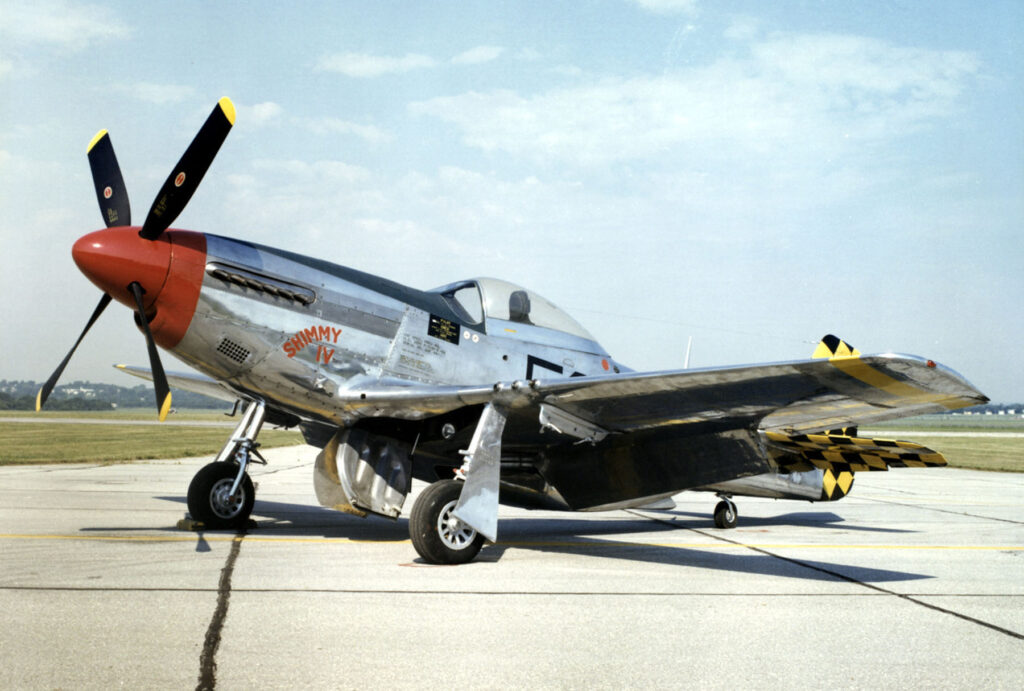
Another late comer to Luke Field was the P-51 Mustang. In July 1945, the first 13 arrived. That same month, Luke Field began P-51 fighter transition training. On August 14, 1945, Luke Field terminated its P-51 training for US pilots. At that time, there were 35 P-51s assigned. That number continued to grow. By December 1945, there were 106 P-51 aircraft on the ramp and 2 at Ajo. On May 15, 1946, Luke Field ended training Chinese Air Force pilots in the P-51.

Between March and August 1945, up to 18 North American B-25 Mitchell bombers were assigned to Luke Field. The B-25 was made famous during the 1942 Doolittle Raid.
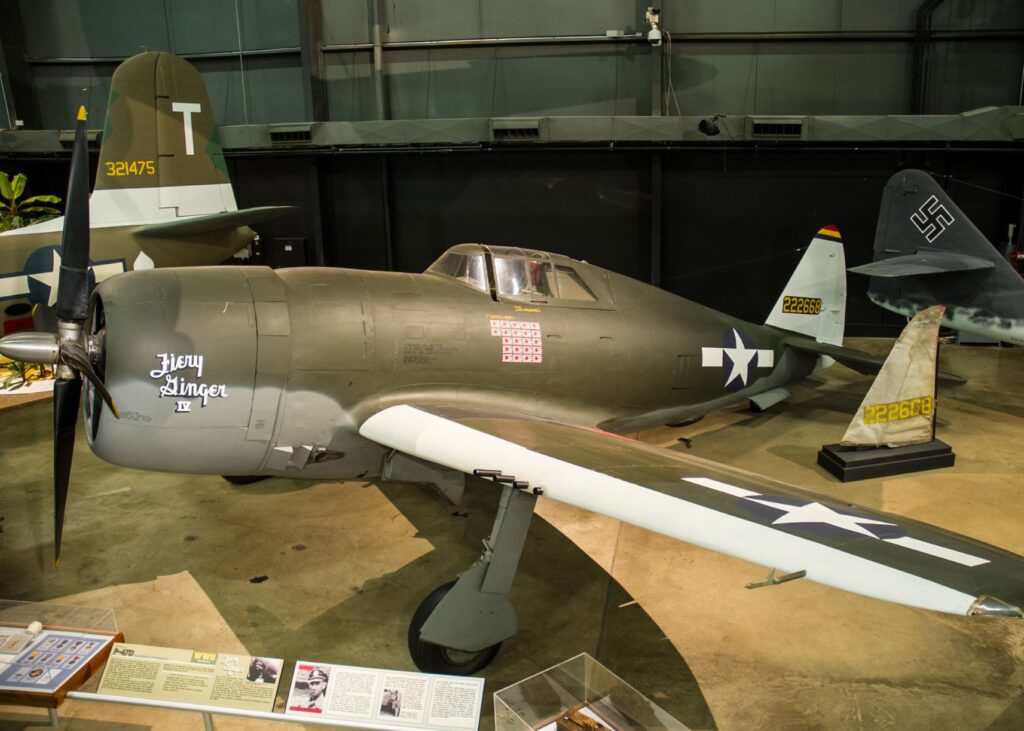
NOTE: Tracking paperwork in the Army during World War II, especially early in the war, was not a priority. Therefore, much of the statical data above is incomplete.
